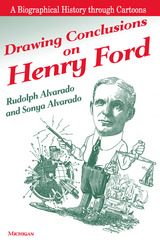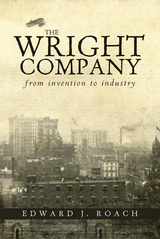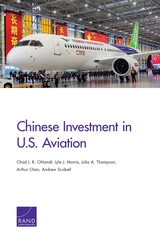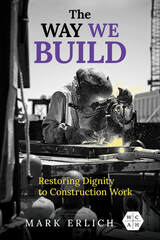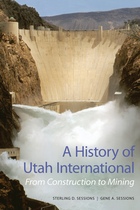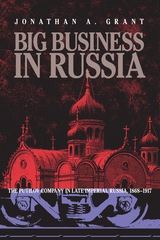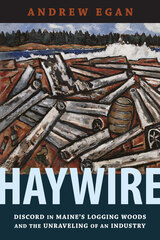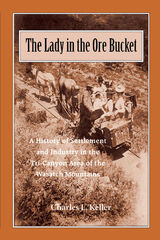Yellow Steel: The Story of the Earthmoving Equipment Industry
University of Illinois Press, 2000
Paper: 978-0-252-07104-1 | Cloth: 978-0-252-02497-9
Library of Congress Classification HD9715.25.U62H39 2000
Dewey Decimal Classification 338.4768176
Paper: 978-0-252-07104-1 | Cloth: 978-0-252-02497-9
Library of Congress Classification HD9715.25.U62H39 2000
Dewey Decimal Classification 338.4768176
ABOUT THIS BOOK | AUTHOR BIOGRAPHY
ABOUT THIS BOOK
In Yellow Steel, the first overarching history of the earthmoving equipment industry, William Haycraft examines the tremendous increase in the scope of mining and construction projects, from the Suez Canal through the interstate highway system, made possible by innovations in earthmoving machinery. Led by Cyrus McCormick's invention in 1831 of a practical mechanical reaper, many of the builders of today's massive earthmoving machines began as makers of reapers, plows, threshers, and combines.
Haycraft traces the efforts of manufacturers such as Caterpillar, Allis-Chalmers, International Harvester, J. I. Case, Deere, and Massey-Ferguson to diversify from farm equipment to specialized earthmoving equipment and the important contributions of LeTourneau, Euclid, and others in meeting the needs of the construction and mining industries. He shows how postwar economic and political events, especially the creation of the interstate highway system, spurred the development of more powerful and more agile machines. He also relates the precipitous fall of several major American earthmoving machine companies and the rise of Japanese competitors in the early 1980s.
Extensively illustrated and packed with detailed information on both manufacturers and machines, Yellow Steel knits together the diverse stories of the many companies that created the earthmoving equipment industry—how they began, expanded, retooled, merged, succeeded, and sometimes failed. Their history, a step-by-step linking of need and invention, provides the foundation for virtually all modern transportation, construction, commerce, and industry.
Haycraft traces the efforts of manufacturers such as Caterpillar, Allis-Chalmers, International Harvester, J. I. Case, Deere, and Massey-Ferguson to diversify from farm equipment to specialized earthmoving equipment and the important contributions of LeTourneau, Euclid, and others in meeting the needs of the construction and mining industries. He shows how postwar economic and political events, especially the creation of the interstate highway system, spurred the development of more powerful and more agile machines. He also relates the precipitous fall of several major American earthmoving machine companies and the rise of Japanese competitors in the early 1980s.
Extensively illustrated and packed with detailed information on both manufacturers and machines, Yellow Steel knits together the diverse stories of the many companies that created the earthmoving equipment industry—how they began, expanded, retooled, merged, succeeded, and sometimes failed. Their history, a step-by-step linking of need and invention, provides the foundation for virtually all modern transportation, construction, commerce, and industry.
See other books on: 20th Century | Business & Economics | Corporate & Business History | Story | United States
See other titles from University of Illinois Press


